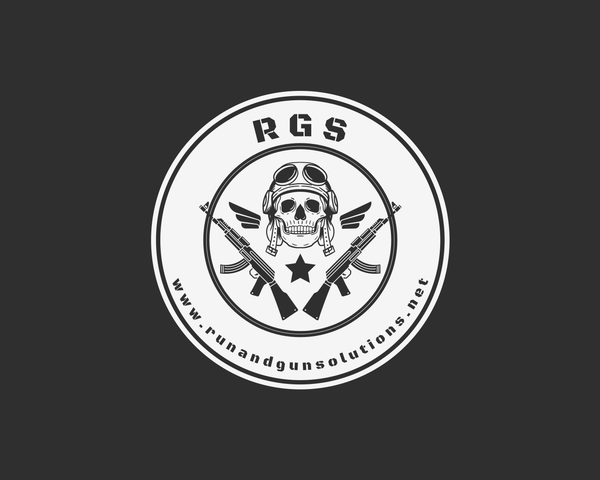Quick "Run" Down
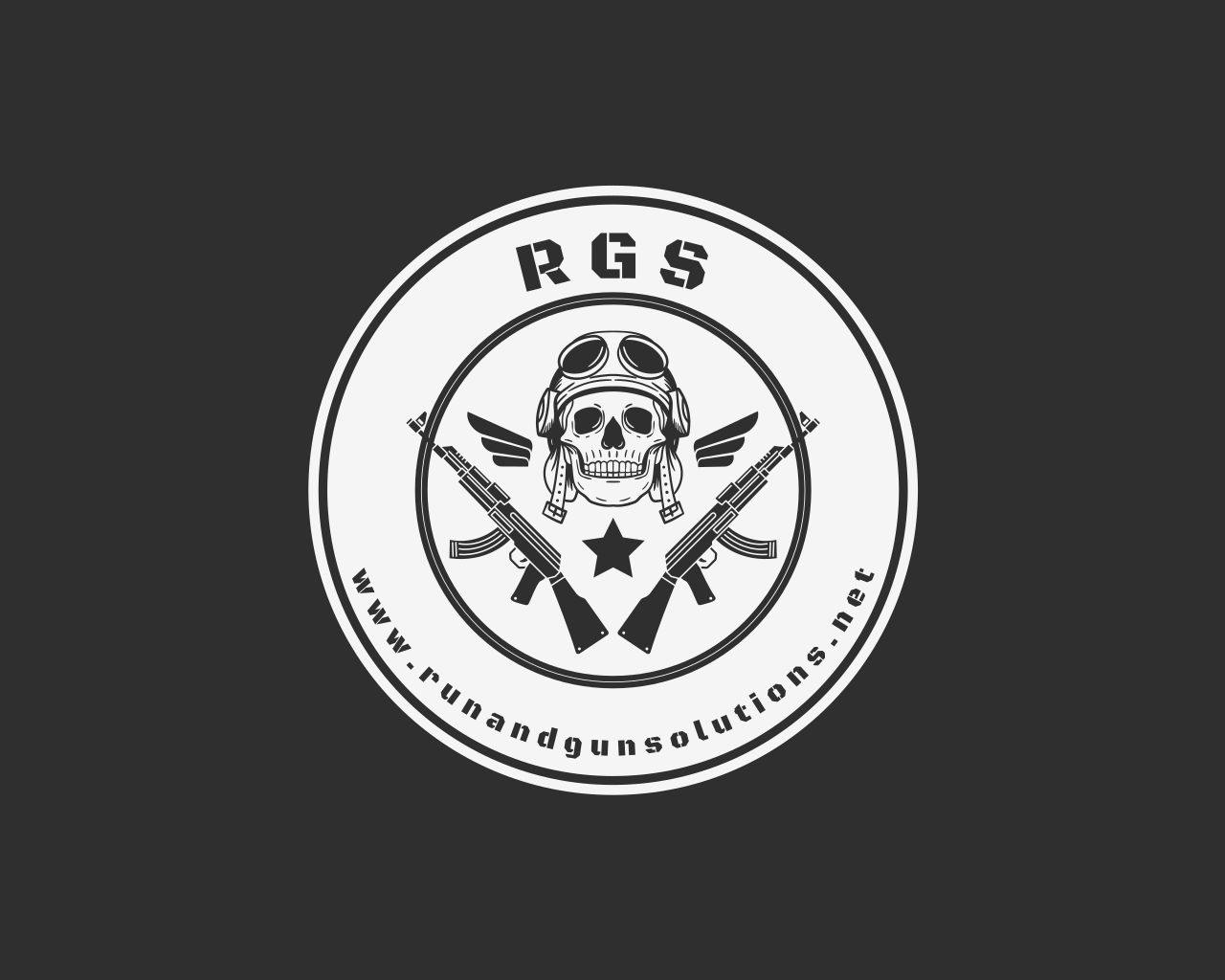
What is Run and Gun?
Run and guns also known as RnGs…aka Centerfire Biathlon…aka running a course with a rifle, pistol, limited info, and shooting stages as you get to them. Like many shooting sports in their formative years, there isn't a national or parental organization guiding events. The concept was born in Texas and is expanding to many sites across the country, with most events being similar in format and rules. The outlaw spirit is encouraged and keeps events unique, reflecting the location and the match director’s personality. Competitors are drawn to Run and Gun events for the combination of physical and shooting challenges. With the nature of the events, competitors come from all walks of life and backgrounds, whether as a test of equipment, for the thrill of competition or to practice for more serious work.
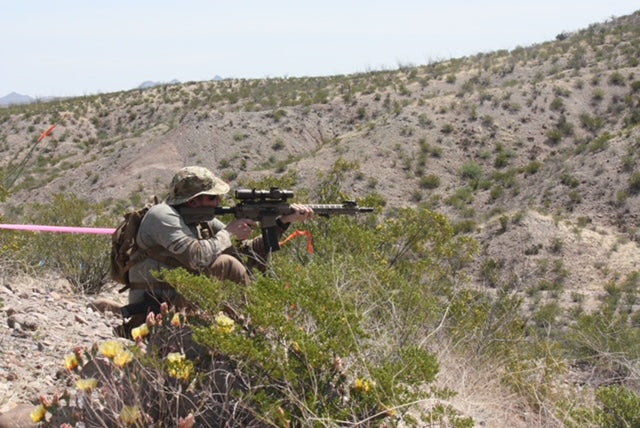
"Run Down"
Run and Gun events feature trail/cross country runs ranging from 3-8 miles. As the course progresses, different obstacles must also be completed, whether low crawls under barbed wire (usually in the mud), climbing wooden structures, crossing creeks, and anything else dreamed up by match directors. Because the running is combined with the shooting, competitors must carry everything with them to be able to complete the entire course ammo, water, ect. If you happen to catch up to a runner at a shooting stage, a range officer will direct you to start your stopwatch for wait time. When its your turn to shoot , this wait time is recorded and then later subtracted from your total run time.
As for the shooting, stages require hits primarily on steel targets with pistols, rifles or both. Barricades, window ports, and other props typically equip stages, with shooting from a mix of prone, kneeling and/or standing. If a facility can handle it, rifle shooting can stretch out to 4-500 yards. Nearly all will require an unloaded start, so loading the firearms on the clock is mandatory. " Always read the rules, and regulations of each organization as they may differ"
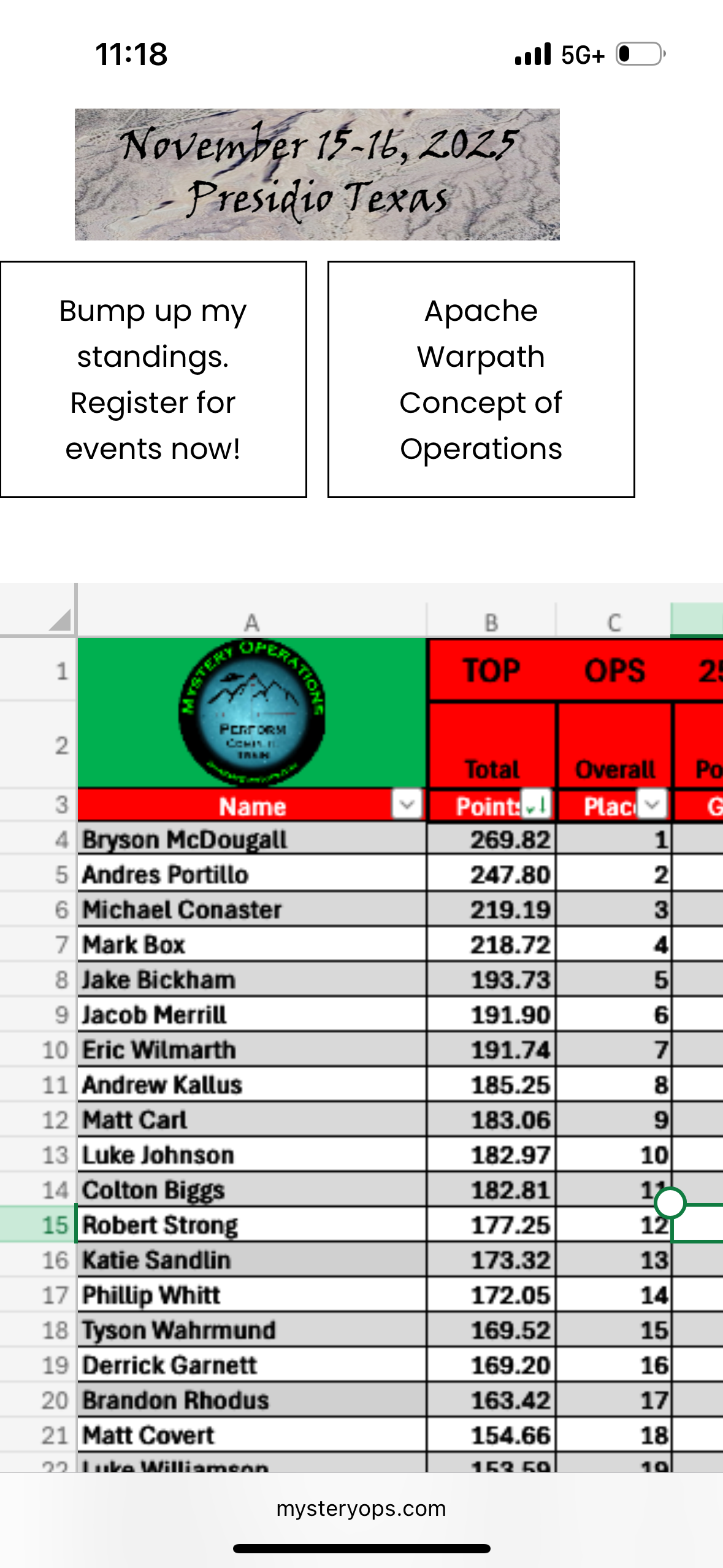
Scoring
Scoring is match specific, and varies per organization but most events being scored in a similar fashion, matches may be scored 50% shooting 50% run time, or one offset from the other, either way to win you have to be a good runner and good shooter, as most match points are based on percentage of finish relative to the best performer for each stage and then total run-time. Shooting stages are scored by the completion time of the stage, and most have a par time that must be beat in order to receive a score for that stage. Penalties add time for missed targets, targets not engaged or no-shoot targets hit.
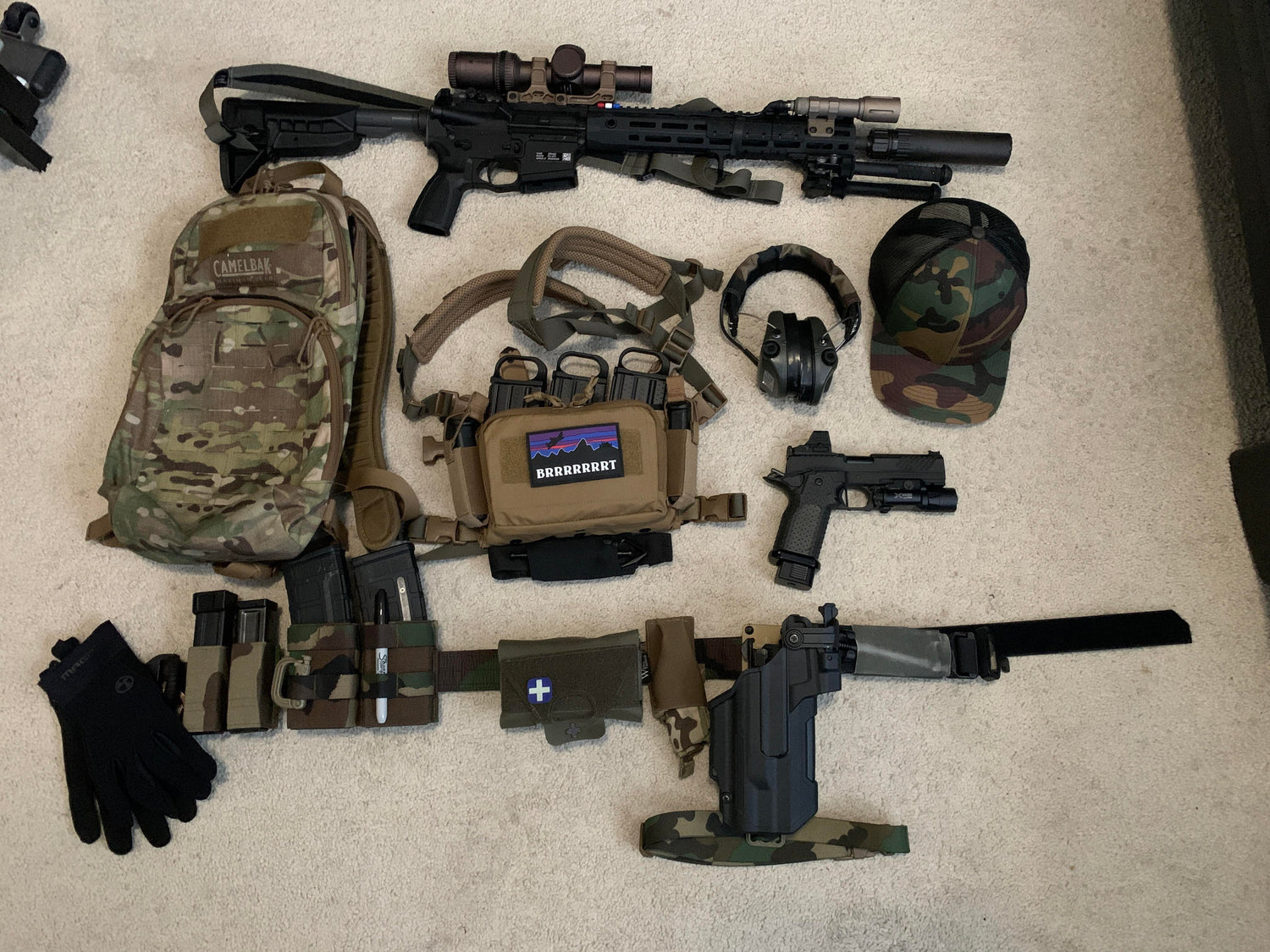
Guns and Gear Check
At a minimum, competitors will need a rifle, pistol, ammo, magazines and a way to carry it all. Eye and ear protection are needed along with cell phone or a stopwatch to track potential wait time. Match directors usually provide a round count or limited written stage brief before the event. It is then up to the shooter to determine how many magazines and how much ammo to bring to account for hits, and misses. Many shooters plan for at least twice the minimum round count.
Firearms are typically unregulated in terms of chambering, sight configuration and setup. Without divisions, everyone can run their preferred rifle and pistol that they feel will let them be successful, although AR-15 rifles are most popular. To do well a lighter semi-auto rifle with a LPVO, 1-8 or 1-10 is recommended . A rifle like this allows for rapid target engagements from very close to 500 yards. Slings are highly encouraged for shooting and running with the rifle.
Pistols must be holstered and start with a draw on the clock. A level 2 retention holster is recommended and sometimes required to prevent the pistol from falling out while running or negotiating obstacles. Pistols with a 15-20 round capacity are preferred to save on reloads and logistical burden when running.
